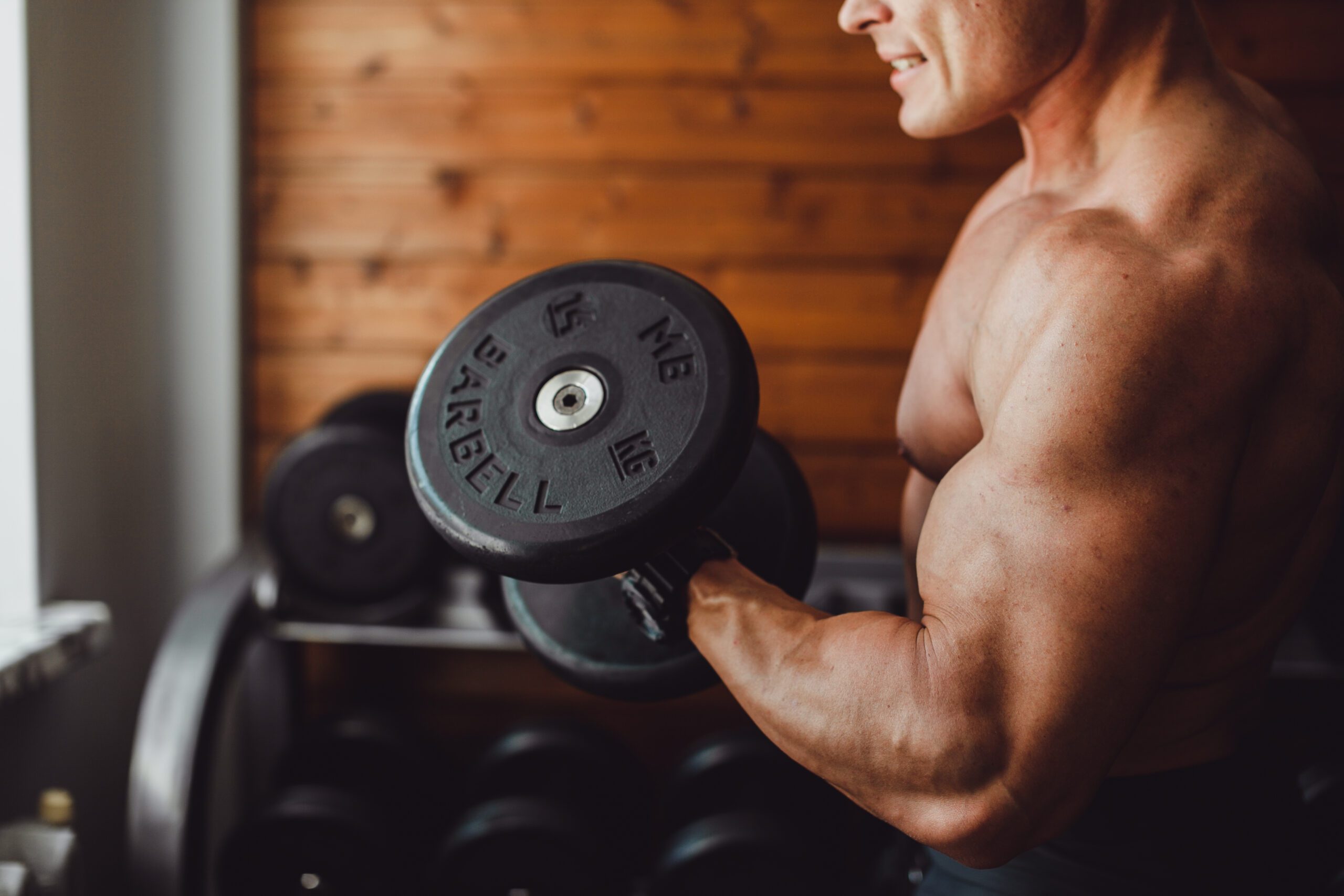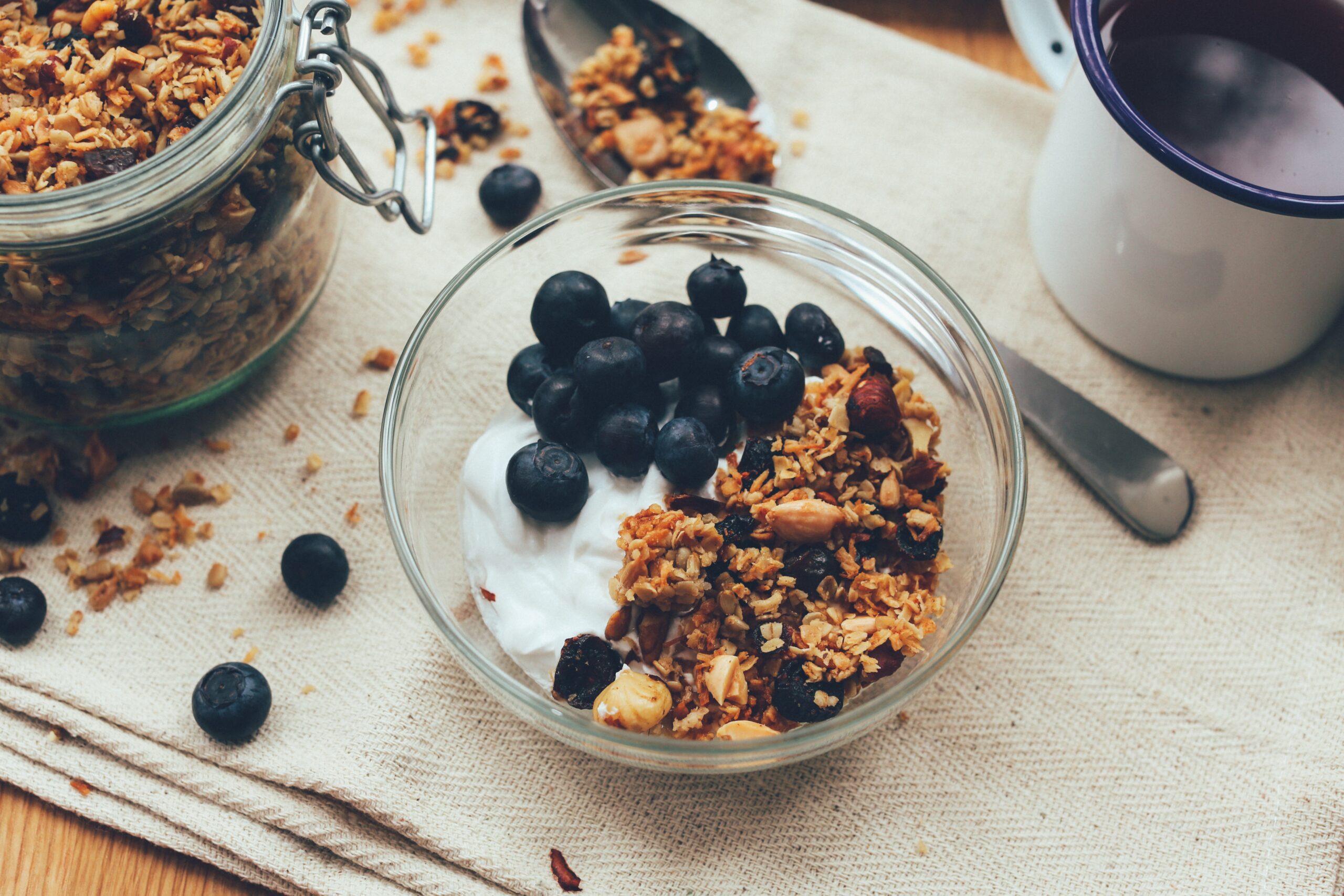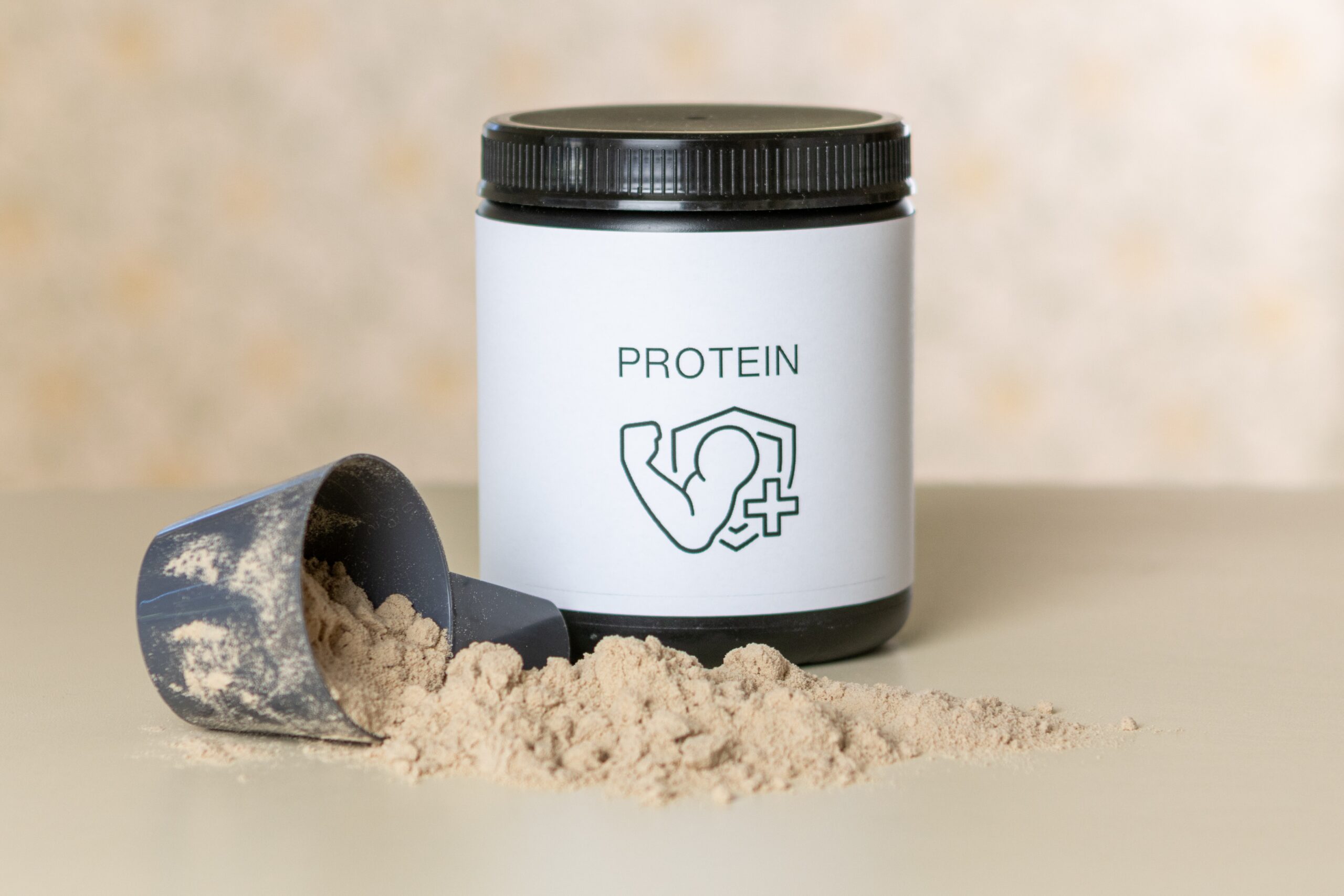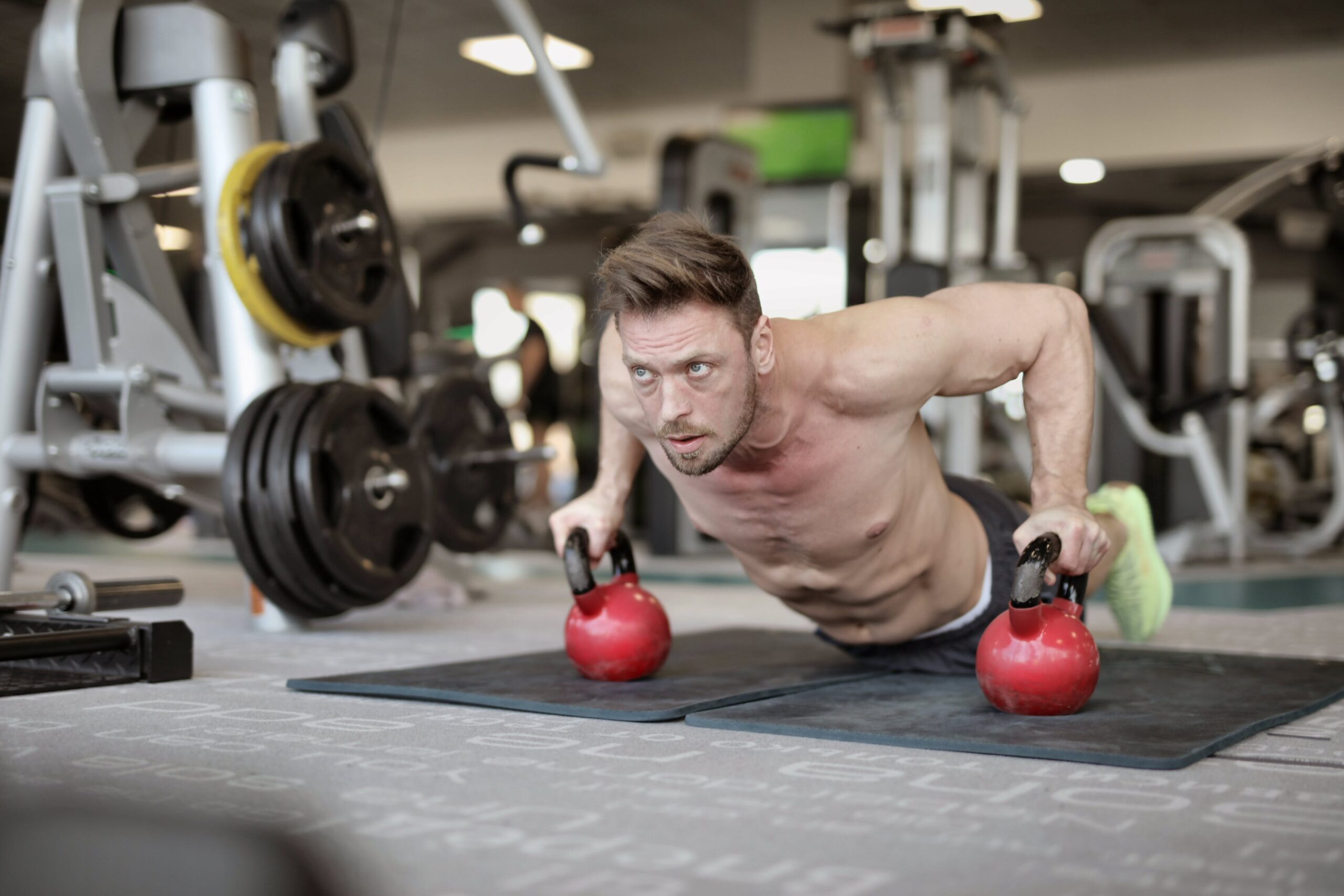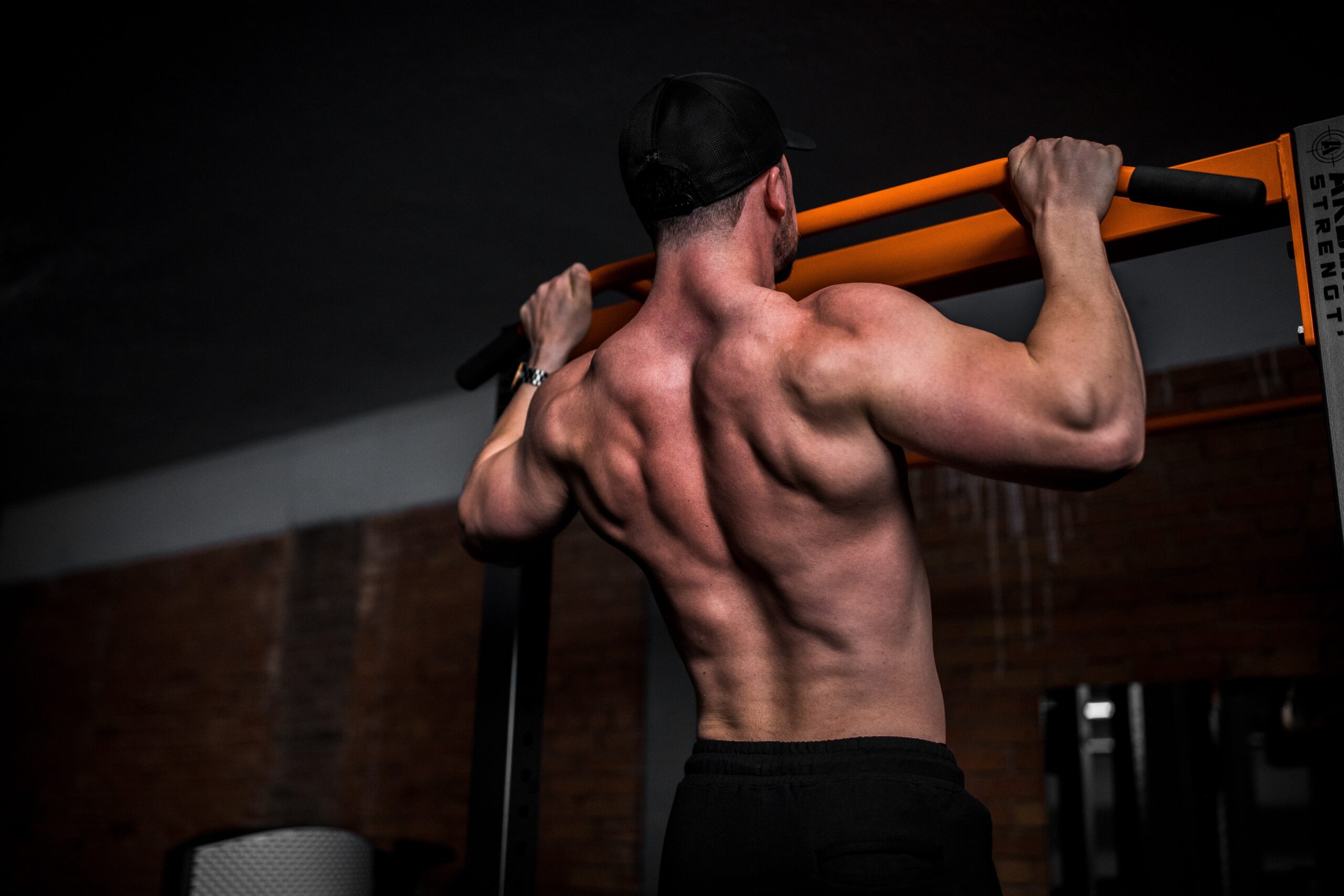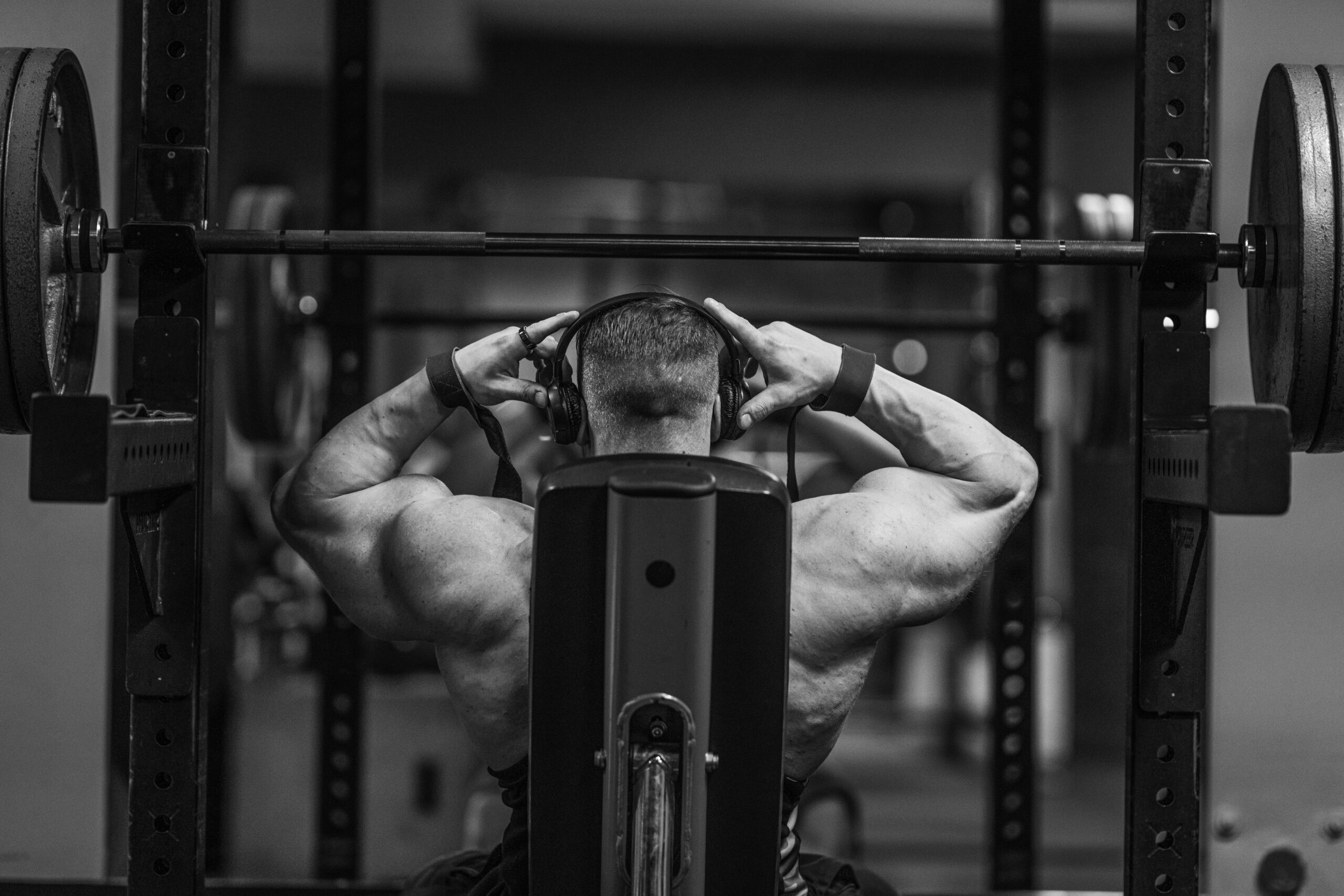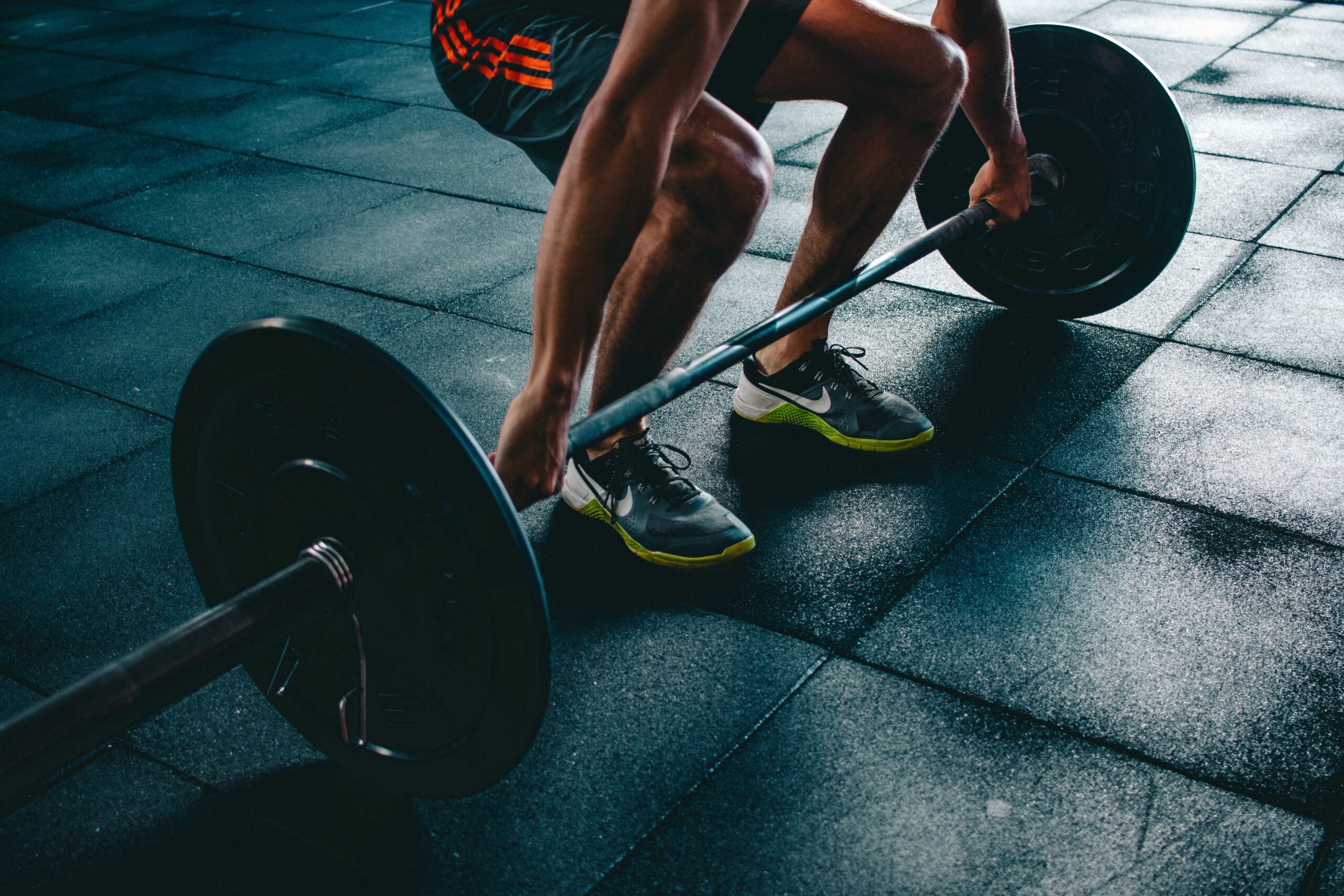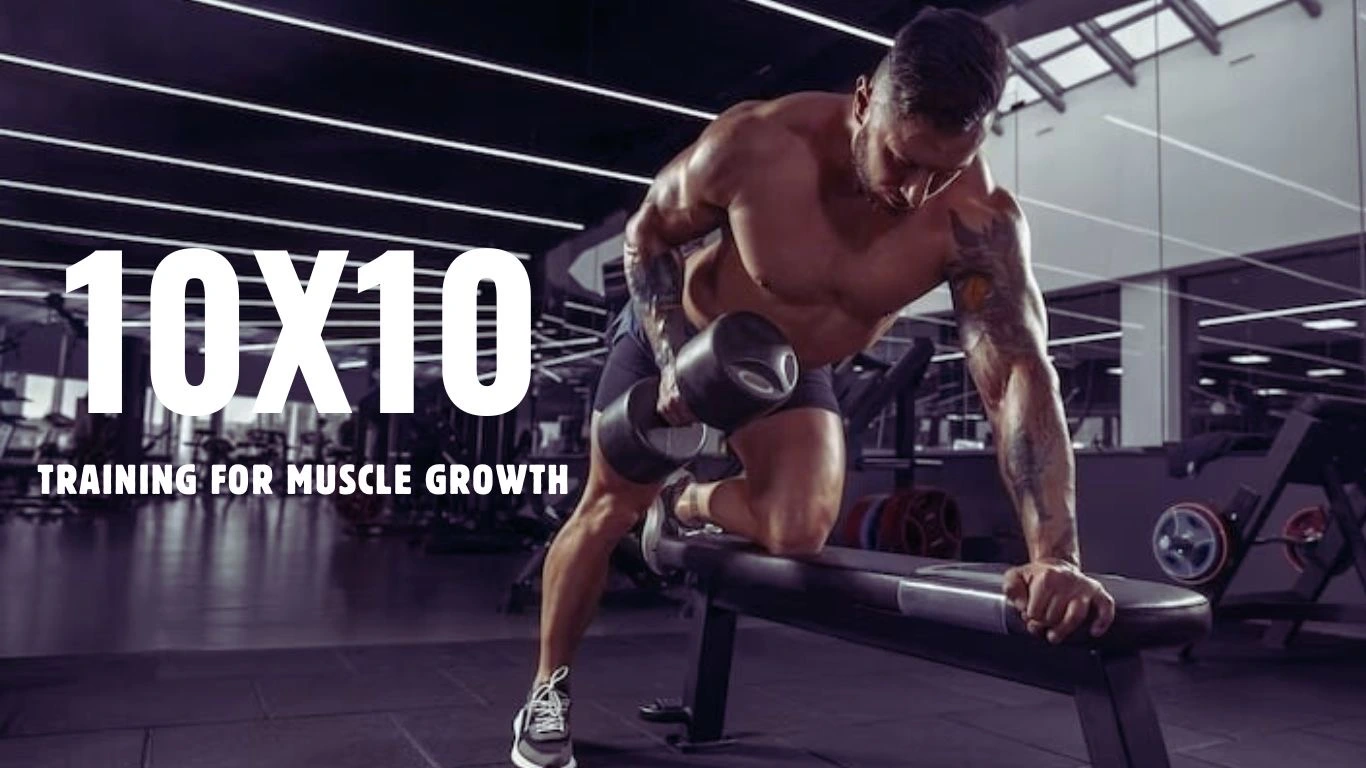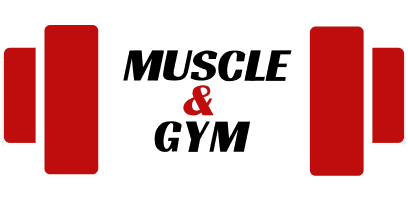When we talk about core workouts for beginners, many people naturally gravitate toward having perfect six-packs, which would look great! But that is not everything; to have a strong core, you will also need to train your obliques, which are the muscles at the sides of your abs, your lower back, and your backside.
Focusing on your core muscles is essential, as they end up getting the least attention when it comes to fitness. The exercises used for core strengthening are also limited to only crunches and sit-ups. But you should include core workouts in your daily routine and make them a key component of your fitness regimen.
What Makes a Core Workout So Important?
Core muscle workouts are important in almost every training form, be it yoga, cardio, or weightlifting. If you ask a fitness trainer, they’ll advise you to incorporate a core muscle workout into your regular fitness routine because, without it, there’s no benefit from your workout routine.
For general health and fitness, core exercises are essential. They enhance posture, balance, and stability, lowering the possibility of injury and minimizing back discomfort. A solid core boosts the body’s appearance, everyday activities, and sports performance. By performing core workouts, you may improve your physical and mental health as well as your long-term health and independence as you age.
Which Core Exercises are the Best for Beginners?
There is a wide range of different types of core exercises that you can try out based on your needs and fitness ability, but the following are the best ones suited for beginners:
Bear Crawl Hold
It is one of the best and easiest movements you can perform as a beginner if you are specifically looking to achieve core strength and body agility.
Bear crawl holds are a straightforward, organic advancement of the bear crawl that includes an isometric component and works the core. Consider them a compromise between the bear crawl and the plank.
Bear Crawl Hold: How to Do It
- Start by getting down on all fours and raising your knees until they are 90 degrees above the ground and floating there. Maintain a straight back, hip distance between your legs, and arms that are shoulder-width apart.
- While remaining close to the ground, advance one hand and the opposing foot by an equal amount.
- Change sides, moving the hand and foot on the other side.
- Continue the motion while switching sides.
Plank
Planking is a great way to start your core-strengthening journey. Planking helps you brace your entire core, which further helps in performing other exercises like squats or pull-ups.
The goal is to maintain the position for a predetermined period, or for as long as you can without raising or lowering it. Rest if you have any lower back pain, and when you do the exercise again, keep your pelvis drawn in towards your belly button.
Plank Variations that you need to try:
Knee plank (for beginners)
A modified side plank with a knee tap is a core exercise that specifically targets the chest and abdominal muscles. The addition of knee taps helps increase resistance to traditional planks, which makes it an outstanding exercise for the core.
Knee Plank: How to do it
- On all fours, assume the plank position with your body in a straight line and your hands beneath your shoulders.
- Kneel off the mat about an inch, then straighten them back up while maintaining an engaged core. With each extension of your knees back into the plank position, be careful to clench your glutes. Repeat.
Straight-arm knee plank (for beginners)
This exercise involves maintaining one position for a long period. It requires a bit more core strength but is easier to perform than the traditional plank.
Straight-arm knee plank: How to do it
- With your hands just beneath your shoulders and your palms flat on the floor, lie on your stomach with your arms at your sides.
- To raise your body and straighten your arms, press your hands firmly into the ground. Keep your knees bent and in contact with the floor. Focus on keeping your core firm, neck in a neutral position (avoid looking up or down), and wrists in line with your shoulders.
- As long as you can while keeping appropriate form, hold this for 30 seconds.
Walking Plank
Walking sideways with your plank will not only help you strengthen your core but will also strengthen your upper and lower body muscle groups. This includes the deltoids, glutes, quads, and hamstrings.
Walking Plank: How to do it
- With your hands just behind your shoulders, begin in a complete plank posture. To avoid injury and reap the greatest benefits, engage your glutes and abs.
- By simultaneously shifting your right hand and foot to the right, you can start to shift laterally (to the side).
- Return to the plank posture by raising your left hand and foot to the center.
- For one set, take five steps to the right, then five to the left. Try to finish three to five sets, or as many as you can, in one minute without risk.
Plank Leg Lifts
This exercise is challenging yet works like a charm. It primarily targets multiple muscle groups in your body, especially your core and your glutes.
Plank leg lifts are a great way to build core strength if you are looking to improve balance and stability and increase your overall body control.
Plank Leg Lifts: How to do it
- With your hands shoulder-width apart, begin in the plank posture. Your hips, ankles, and shoulders all need to be in line.
- Keep your abs tight and lift your right leg up until is around hip height. Keep your right foot extended.
- Pause to experience the pain. After that, bring your right leg back to the ground.
Metronome
When performing or practicing, musicians frequently use metronome exercises to help them maintain a constant tempo. To add a time and control component, you may also add a metronome to your regular workout regimen. How to perform a metronome core exercise:
Metronome Core Exercise: How to Do It
- Set a metronome to a comfortable tempo.
- Start in a plank position.
- Lift one foot on each metronome beat.
- Alternate between feet in time with the metronome.
- Maintain a straight line from head to toe.
- Perform for 10–15 cycles or 30–60 seconds.
- Focus on controlled movements and breathing.
- Cool down by lowering your knees to the ground.
Metronome Ab Workout for Beginners:
- On your back, with your knees bent and raised, your feet elevated, your ankles parallel to the floor, and your arms by your sides, lie down.
- Bring your knees as close to the floor as you can without touching them as you turn your legs to the left.
- Bring your knees to the right side and then re-enter the middle.
The Final Verdict:
To develop your core, there is no right or wrong technique. From wherever your starting location is, the goal is always to move forward. Once you have a foundational level of core strength, you will be prepared to try out a lot more exercises. Get out there and try it; your core is crucial to all of your activities.
